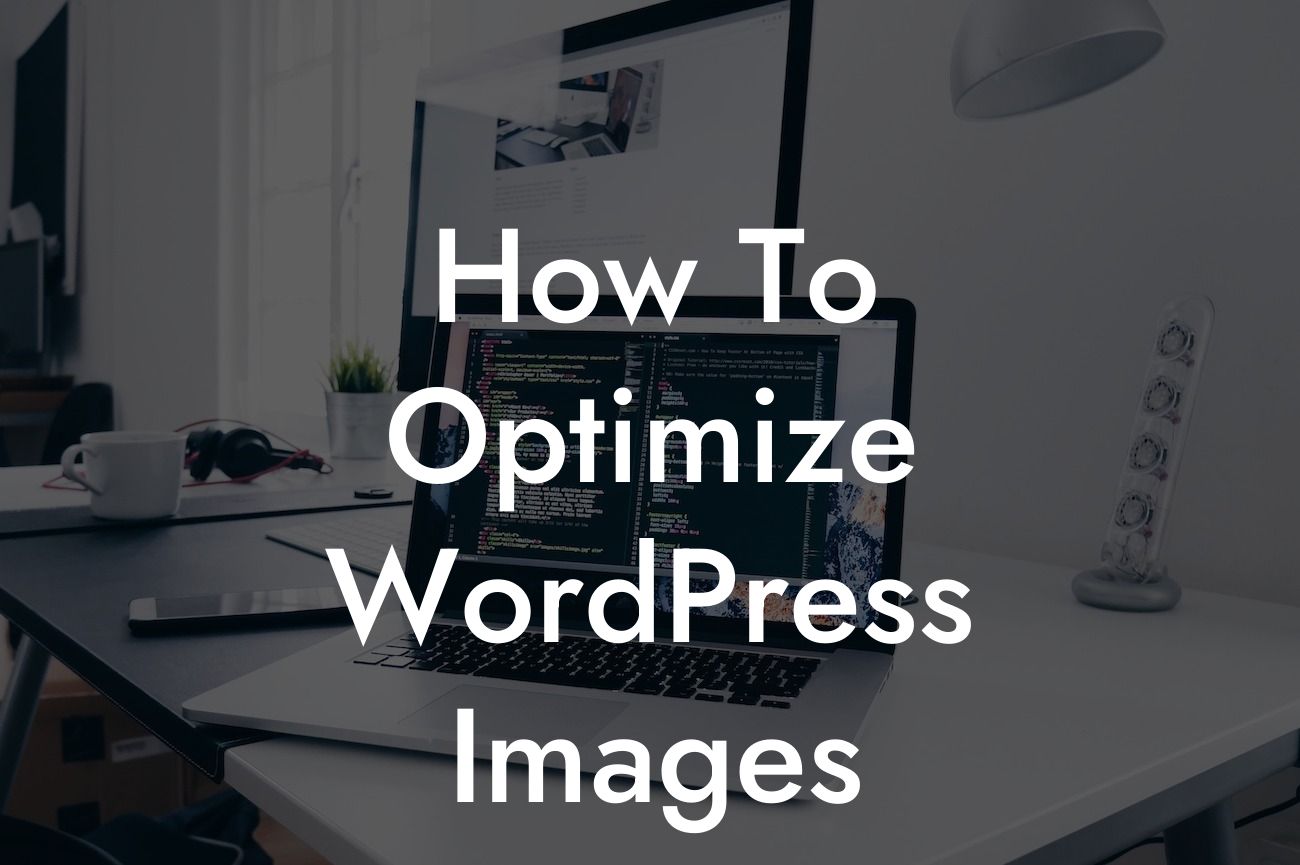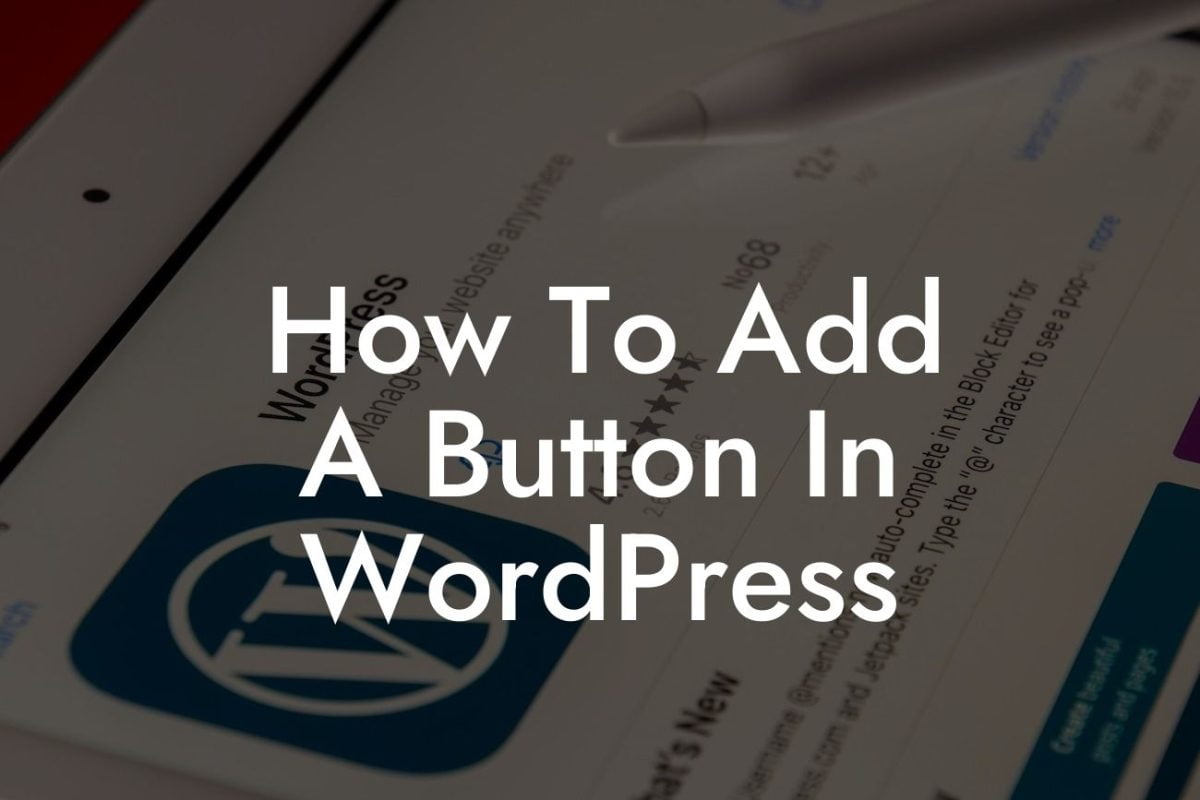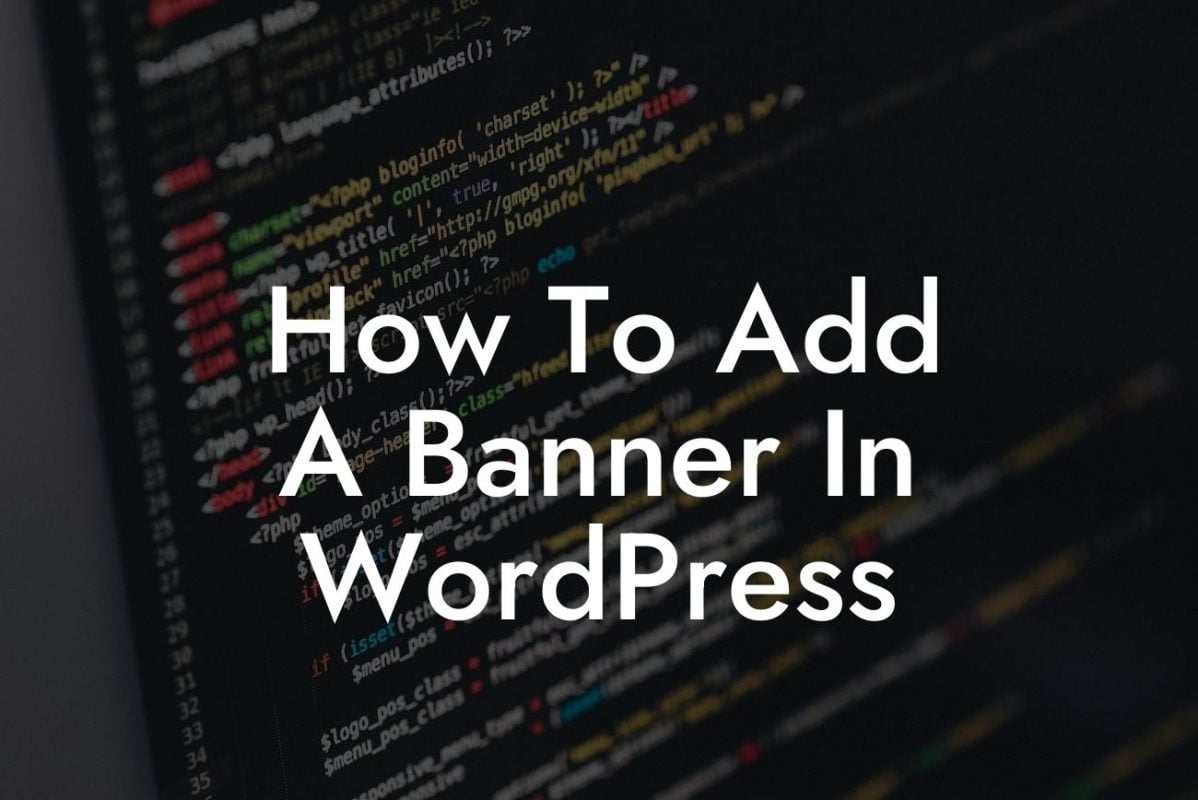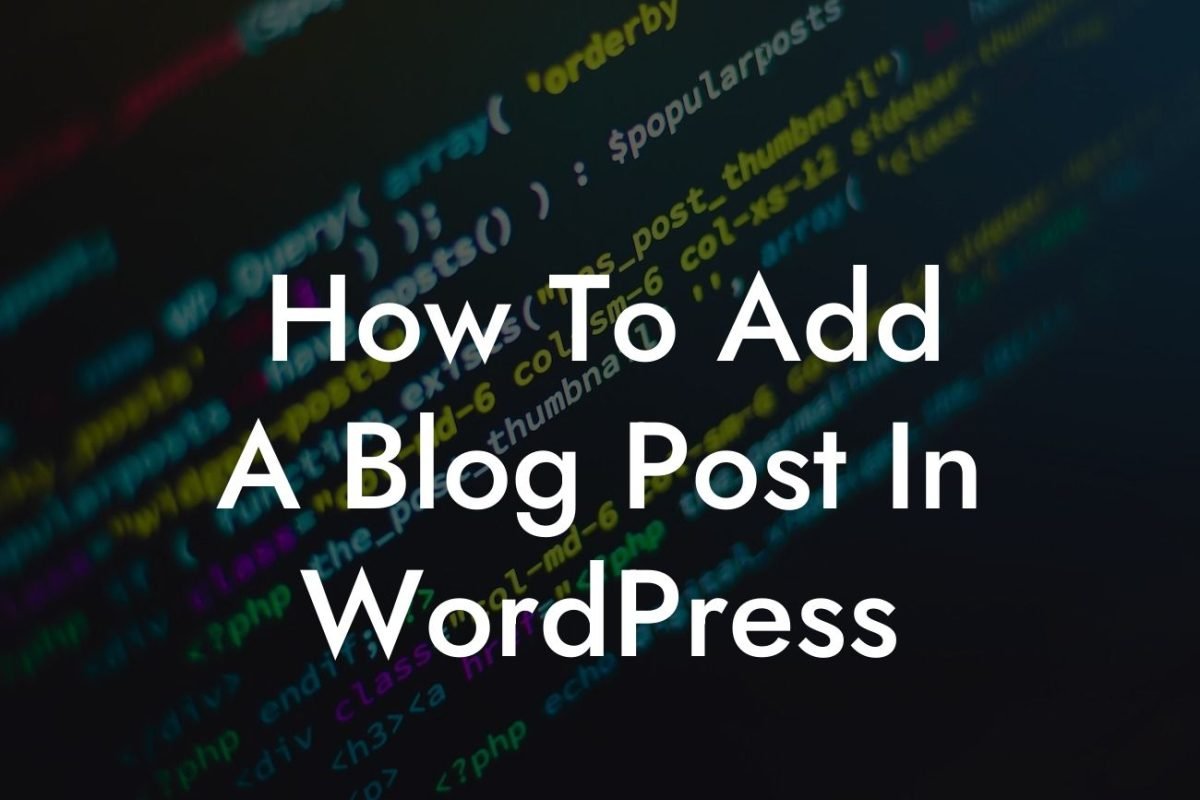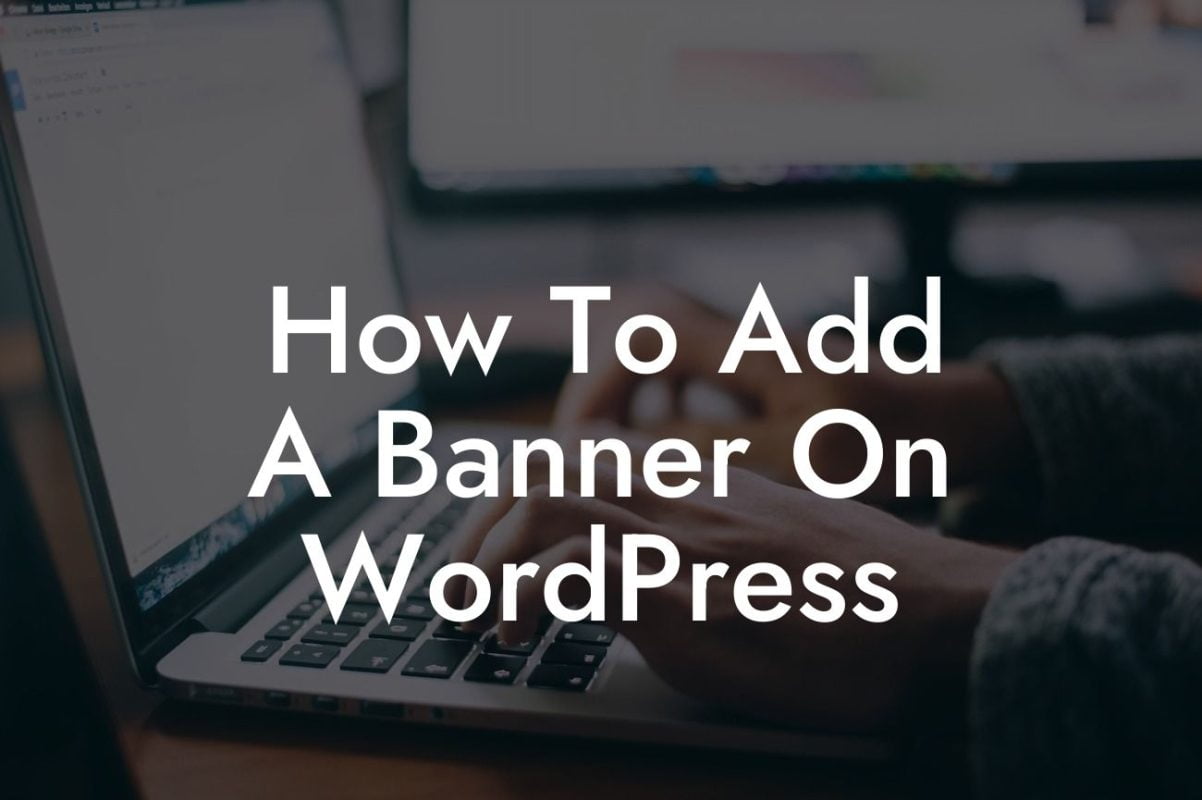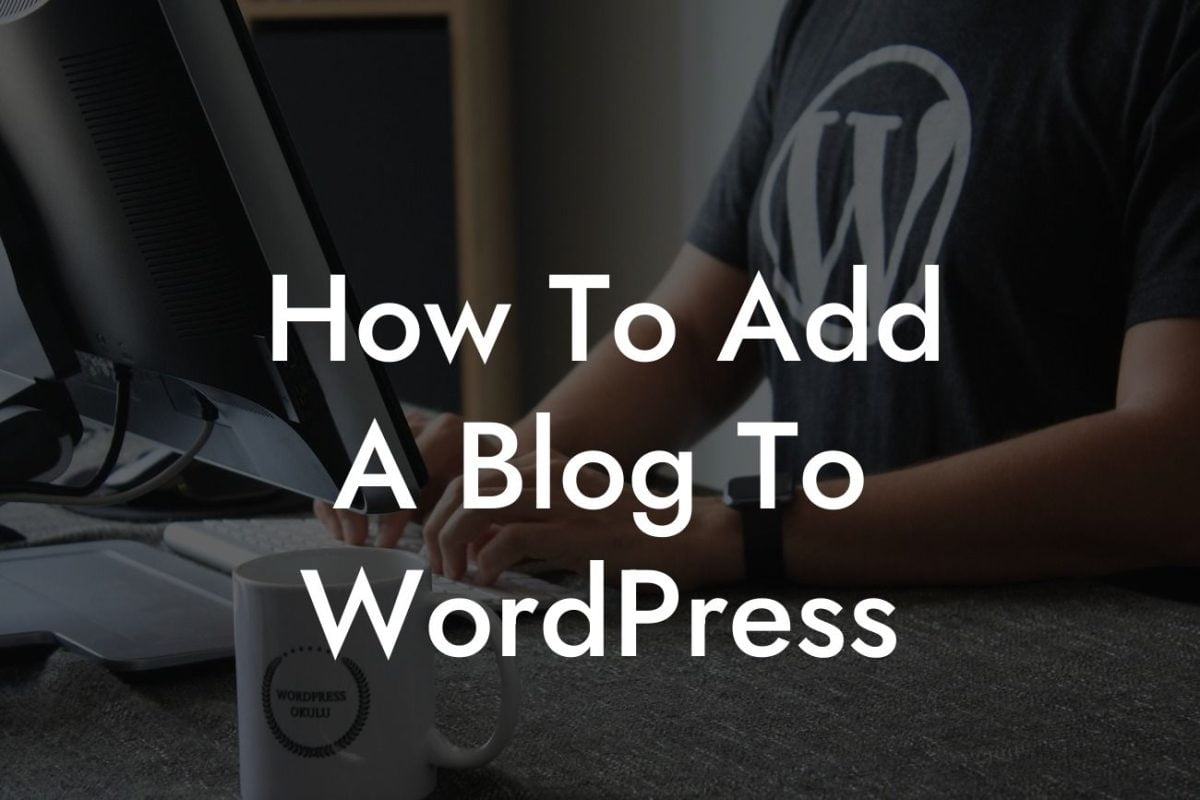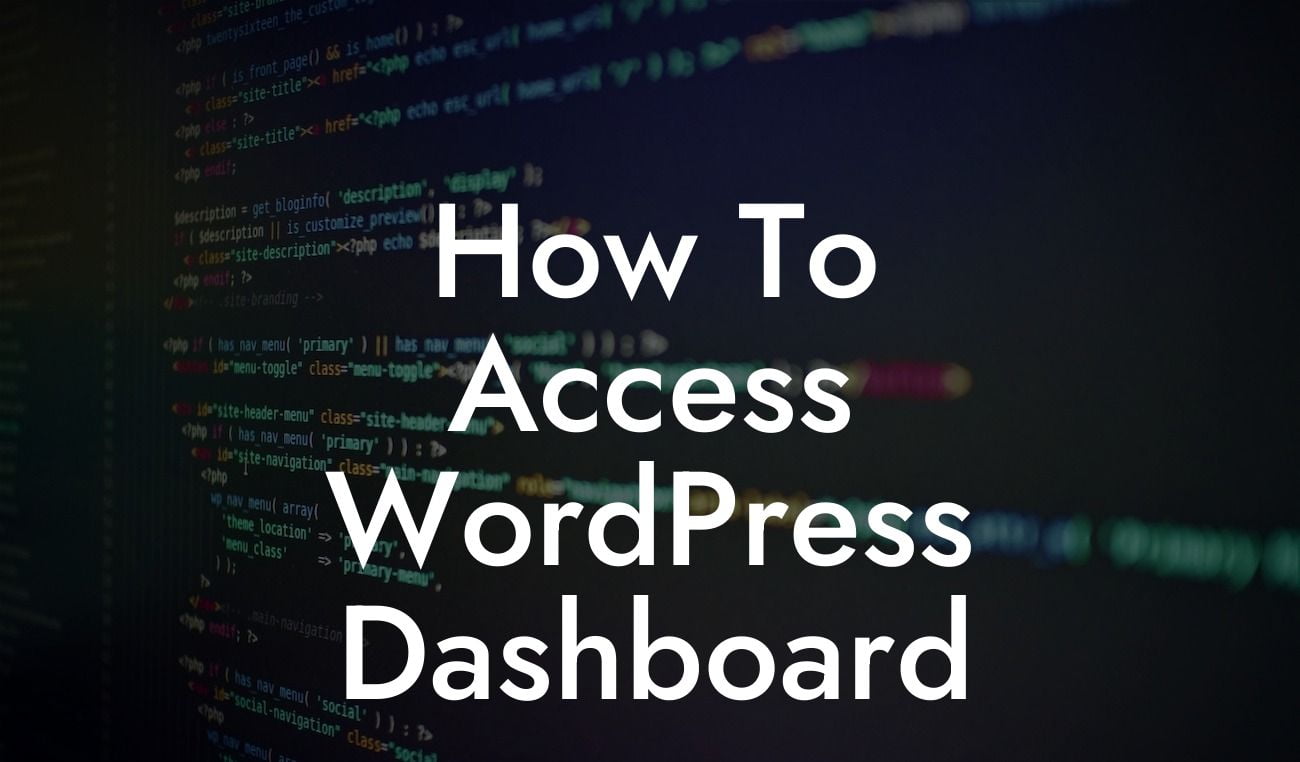Optimizing your WordPress images is a crucial step in enhancing your website's performance and ensuring optimal user experience. From reducing page load time to improving search engine rankings, image optimization can play a significant role in uplifting your online presence. In this article, we will provide you with a detailed guide on how to optimize WordPress images, taking your website to the next level.
H2 Heading: Why Image Optimization Matters
When it comes to website optimization, images are often the largest files that affect page load time. Slow-loading pages can lead to high bounce rates and a negative user experience. By optimizing your images, you can drastically reduce their file size without compromising on quality. This will improve your website's loading speed, making it more user-friendly and SEO-friendly.
H3 Heading: Choose the Right File Format
Selecting the appropriate file format for your images is crucial for optimization. JPEG is perfect for photographs and complex images, as it offers quality compression. PNG, on the other hand, is ideal for simple graphics and images that require a transparent background. By using the right format, you can significantly reduce file sizes and improve website performance.
Looking For a Custom QuickBook Integration?
H3 Heading: Compress Your Images
Image compression is an essential step in optimizing your images. There are various tools available that can help you compress your images without losing quality. Popular plugins like DamnWoo's Image Optimizer automatically compress images upon upload, reducing their file size without sacrificing visual appeal.
H3 Heading: Add Alt Tags and Descriptive File Names
Alt tags provide text descriptions of images for search engines and users with visual impairments. By adding relevant alt tags and descriptive file names to your images, you improve your website's accessibility and enhance its visibility in search engine results. Aim to include keywords in your alt tags and file names to further optimize your content for SEO.
H3 Heading: Lazy Loading for Better Performance
Lazy loading is a technique that loads images only when they are visible on the user's screen. By implementing lazy loading, you can significantly improve your website's loading speed and save bandwidth. DamnWoo's Lazy Loader plugin allows you to effortlessly enable lazy loading for your WordPress images, enhancing your website's performance.
How To Optimize Wordpress Images Example:
To illustrate the impact of image optimization, consider a small business website that sells handmade jewelry. After optimizing their product images and implementing lazy loading, their website's loading speed improved by 50%. This led to a substantial decrease in bounce rates and an increase in organic search traffic. With optimized images, their website became more visually appealing and user-friendly, resulting in higher conversion rates and revenue.
By following the techniques and utilizing the remarkable plugins offered by DamnWoo, you can optimize your WordPress images and witness a remarkable transformation in your website's performance. Say goodbye to slow-loading pages and hello to a visually stunning website that leaves a lasting impression on your visitors. Don't forget to share this article with others, explore our other guides on DamnWoo, and try out our awesome plugins to elevate your online presence.

